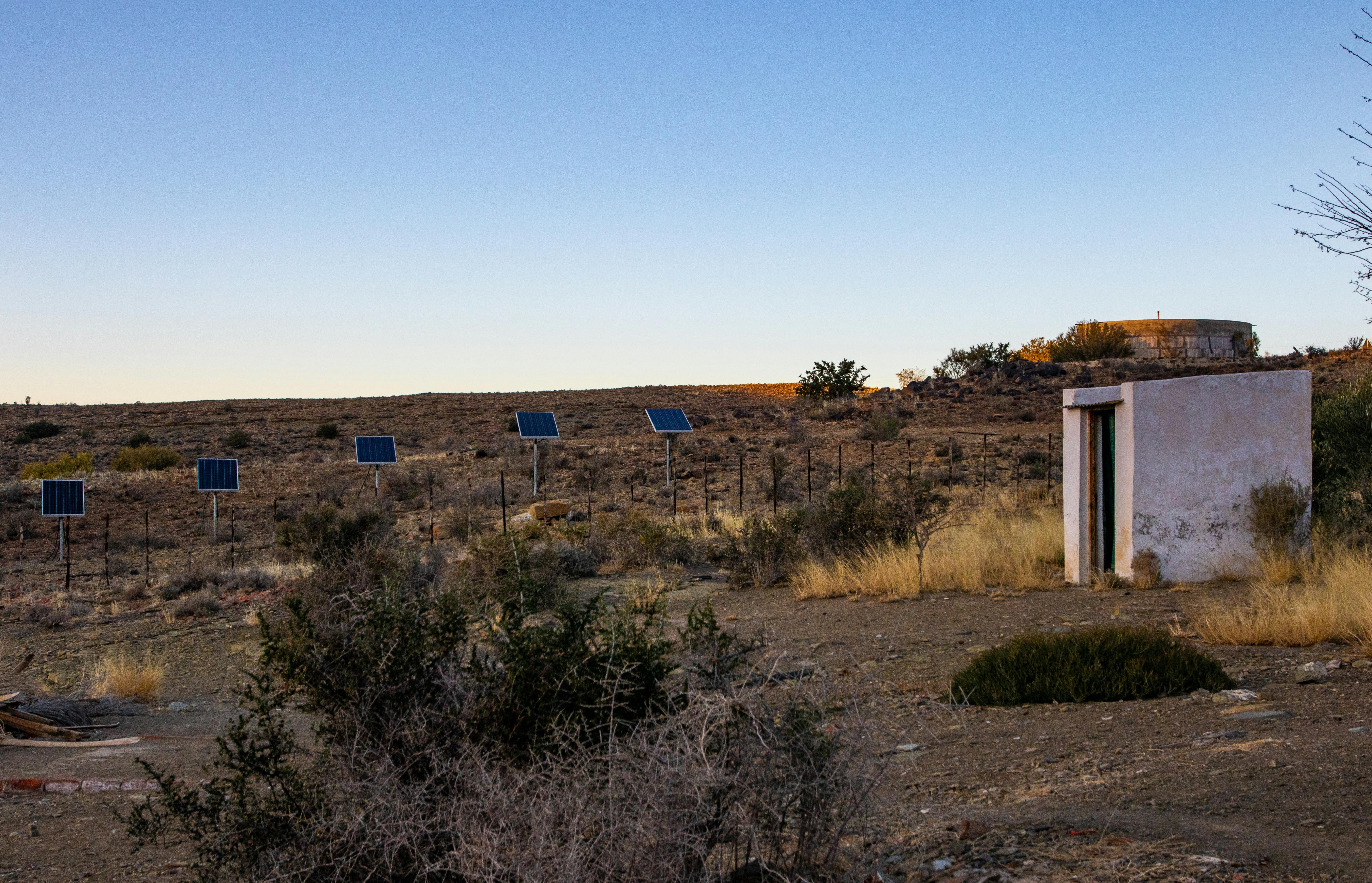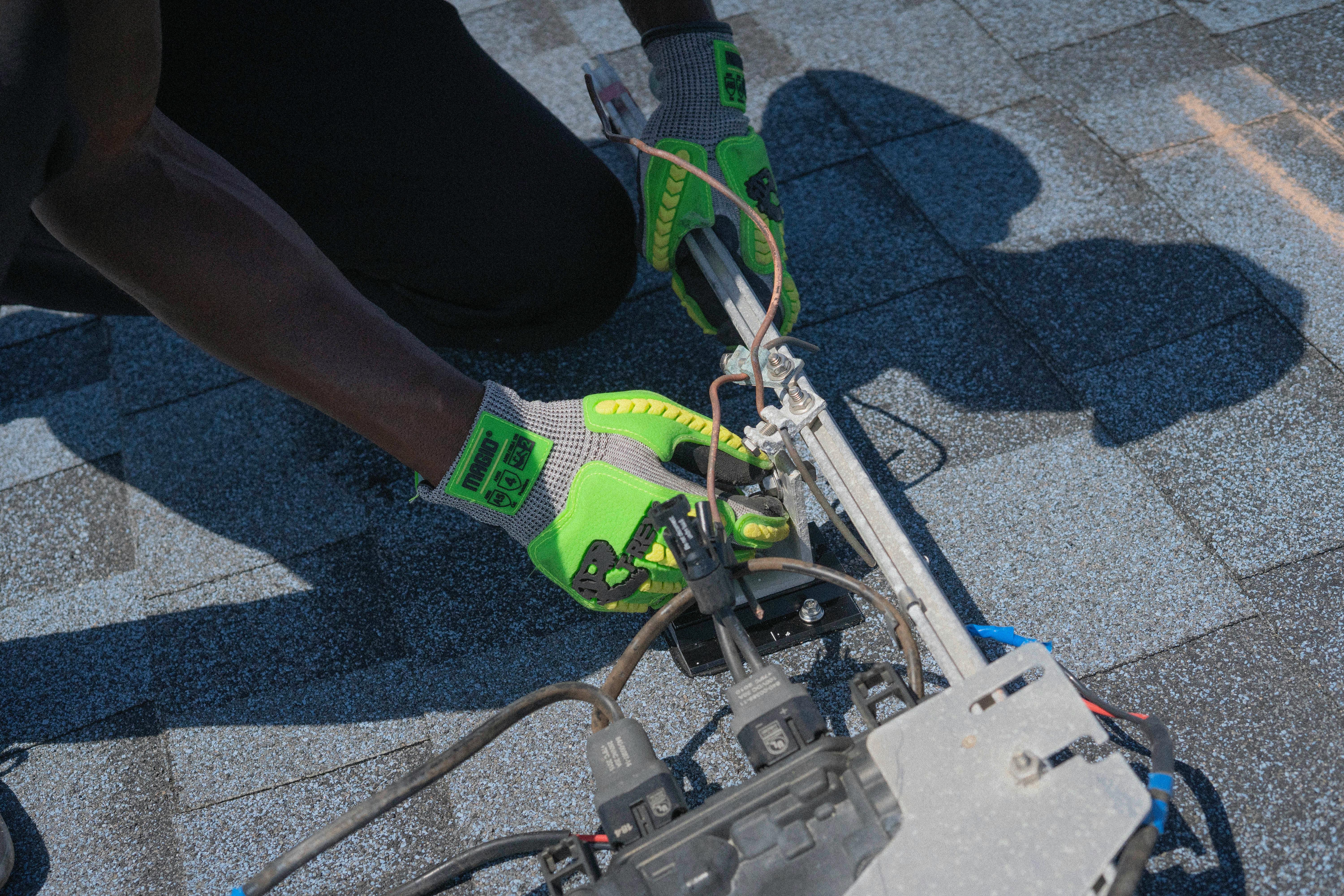Saudi Arabia’s Solar Energy Transformation: How Businesses Lead Efficient Adoption
While many outside the region might associate Saudi Arabia almost exclusively with oil, the truth is—especially for those of us who’ve been paying attention to energy markets for years—the Kingdom is rewriting its energy story in dramatic fashion. Just last spring, I found myself in a client boardroom in Riyadh, discussing operational challenges and ROI calculations for adding solar panels to their flagship logistics facility. To be honest, I was prepared for the usual skepticism. Instead, the mood was curious—almost hungry for proof and process, not just theory. This shift isn’t a marketing spin. It’s happening across the entire business landscape, from industrial parks to corporate headquarters. Right now at the epicenter of global sun-belt geography, Saudi Arabia is pioneering a practical, scalable solar revolution that’s reshaping modern business efficiency1.
Why Saudi Arabia Has Fast-Tracked Solar Integration
Let me step back for a moment. It’s easy to get lost in technical jargon about gigawatts and feed-in tariffs. But here’s the thing—Saudi Arabia’s solar push isn’t just a government play; it’s intimately tied to how real businesses are prioritizing energy efficiency, cost control, and environmental impact in almost every commercial decision2. As someone who’s helped Fortune 500s consider renewables globally, I find the speed and scale in Saudi corporate culture uniquely effective. Before I dig into the nuts and bolts, let’s clarify the landscape.
Key Insight:
Saudi Arabia’s Vision 2030 isn’t just a slogan—business incentives, financing models, and regulatory support have created one of the world’s fastest solar adoption environments for modern companies. The practical impact? Lowered energy costs, more predictable operating expenditures, and serious advances in sustainability branding3.
What really strikes me: Saudi businesses often approach renewables less as a moral obligation and more as a direct productivity strategy. Years ago, asking a logistics company CFO about solar got this response: “It won’t pencil out.” These days? “We don’t want to look outdated next to our competitors.” For a country famous for oil, this is a surprising—and highly practical—shift.
Policy, Technology, and Partnerships Driving Change
Moving on, it’s not just cultural attitude—there’s hard infrastructure and regulatory muscle behind all this. In my experience, the blend of top-down directives and market-driven innovation is what sets Saudi Arabia apart from, say, slow-moving Western policy models. Three years ago (before international investment rules softened), local businesses had to navigate a maze of utility permissions and high up-front costs. Post-2021, the government launched a national solar procurement program, incentivizing private sector installation and R&D—a move some colleagues called “game-changing.” Frankly, I agree4.
- Streamlined permitting process for commercial solar sites
- Long-term power purchase agreements (PPAs) with fixed rates
- Industrial park solar cluster initiatives
- Growing public-private partnerships focused on engineering and tech transfer5
Now, I’m not entirely convinced every policy decision has been perfectly implemented (far from it). But from a tech executive’s perspective, the sheer volume of pilot programs and commercial incentives available here easily outpaces regional rivals. Pausing here—does your business currently have a strategy for leveraging regulatory shifts? If not, take a second to consider what a Saudi-style public-private ecosystem can create.
Riyadh’s King Abdulaziz Solar Park is now the largest operational business-linked solar facility in the Middle East, with over 1.2 GW capacity supporting manufacturing zones and logistics hubs directly. Compared to neighboring GCC states, Saudi Arabia’s business-driven solar capacity has quadrupled in less than four years6.
Case Studies: Business Success Stories in Saudi Solar Adoption
Funny thing is, I used to think the best solar business case studies always came out of Silicon Valley or Germany. Actually, let me clarify that: Saudi Arabia’s benchmarks are rapidly catching up, sometimes surpassing European efficiency stats. Yesterday, while reviewing site performance data with a local food manufacturer, I realized how quickly these companies are collecting—and using—real efficiency metrics. What I should have mentioned first: They aren’t just piloting tech. They’re deploying full-scale, with visible bottom-line benefits.
Deep Dive: Real-World Results
Manufacturing giant SABIC reduced facility energy costs by 22.8% (2022 audit), primarily by integrating rooftop solar arrays with battery storage. Meanwhile, Almarai’s logistics operations report a 19% year-on-year decrease in diesel generator use, with solar supplementing peak daytime load7.
- Solar adoption is driven by peer competition: CEOs report feeling direct pressure to modernize energy strategy to remain ‘investor ready’8.
- Technical deployment support now includes government co-sponsorship for installation and grid connection.
- Innovative financing: Businesses access green bonds and project-linked loans at below-market rates for solar procurement.
Featured Case Table: Solar Success Metrics
| Company | Sector | Annual Solar Savings (%) | Tech Used |
|---|---|---|---|
| SABIC | Manufacturing | 22.8 | Rooftop, Storage |
| Almarai | Logistics/Food | 19.0 | Hybrid (PV, Diesel) |
| STC | Telecom/Data | 25.5 | Utility, Off-grid PV |
| ACWA Power | Energy/Utilities | 16.4 | Utility-scale Solar |
ROI and Future-Proofing: Sustainable Growth
Ever notice how ROI calculations for solar energy always come with wild swings in estimated payback? In Saudi Arabia, the figures seem to settle more predictably (by and large) because the solar irradiation rates and policy incentives are simply more aggressive than almost anywhere else9. Why does this matter? Modern businesses can plan capital expenditures and sustainability reporting with more confidence—frankly, something that is sorely missing in most international settings.
- Standard payback: 3-6 years for commercial solar projects (2023 audit average)
- Solar power purchase costs: Averaging less than USD $0.03/kWh in business clusters10
- Long-term OPEX reduction: 18-31% for large businesses post-installation
- Predictable government support for grid integration
I’m still learning about the ROI nuances—especially when you factor in peak-shifting technologies and battery trends. Initial miscalculations made business leaders skeptical, thinking up-front costs were a deal breaker. These days? Peer benchmarking and audited reports show real-world savings are not just possible, but routine.
Long-Term Planning: What Saudi Solar Models Teach Global Managers
So often, businesses outside the Middle East hesitate on solar, waiting for perfection or fearing regulatory hurdles. In Saudi Arabia, the future-proofing mindset is pragmatic: start with what works, scale with partnerships, update with each tech advance. Several executives I know admit to making CRITICAL early mistakes—selecting unproven vendors, ignoring system maintenance—but what stands out is how quickly the best business teams here learn and course correct. Honestly, I reckon this rapid adaptation is the real competitive advantage, and global managers should take note.
Action Call: Is Your Business Ready?
Pause here and think about it: Are you designing for immediate solar integration, or waiting for global consensus to catch up? Saudi businesses prove that speed and experimental learning are just as vital as technical rigor. Consider assembling a solar “task force” with internal champions, partner engineers, and policymakers to drive real results.

Lessons for Global Managers: Saudi Arabia’s Solar Blueprint
Moving on, I want to address a common question: Why do so many global managers hesitate to replicate Saudi-style solar adoption? I’ve consistently found that much of the hesitation stems from misunderstanding policy agility, technology partnerships, and culture-driven business incentives. While many Western markets get bogged down in years—sometimes decades—of debate, Saudi decision-makers deploy, refine, and repeat within months.
Key Learning: Start with Energy Pragmatism
Saudi companies proceed as soon as cost models hit break-even. Technical optimization (panel choice, system design) comes next—not first. Global managers should prioritize early, scalable wins. What gets me: too many businesses outside Saudi Arabia wait for “perfect” strategy, never launching pilots.
- Pilot programs in logistics parks: 30–60 day deployment windows
- Supplier training: On-site, hands-on, immediate feedback loops
- CEO “energy dashboards” tracking real-time savings and uptime
- Rapid repurposing: Solar modules redeployed as business needs shift
Comparative Table: Saudi vs. Global Solar Adoption Models
| Metric | Saudi Arabia | Global Average | Notes |
|---|---|---|---|
| Business Payback Period | 3–6 years | 6–11 years | Saudi incentives accelerate ROI11 |
| Deployment Speed | 2–4 months | 5–12 months | Streamlined permits |
| Business Sector Uptake | 80% in logistics, food, energy | 57% average | Peer-to-peer learning |
| Tech Innovation | R&D clusters, smart metering | Partial, slower integration | Saudi focus: rapid innovation cycles |
Mistakes and Pivots: The Human Side of Solar Transformation
During my early consulting rounds in Jeddah, I made the typical mistake—pushing for high-tech, complex solutions before local SMEs were ready for adoption. The result? Surprisingly slow uptake, despite strong executive buy-in. On second thought, the better approach was human-centered: “What immediate business need can solar solve?” It sounds simple, but getting teams involved in direct pilot rollouts and adapting systems as learning progressed made all the difference.
- Mistake: Over-investing in advanced storage before basic PV integration was optimized
- Correction: Start small—monitor metrics, adapt based on feedback
- Mistake: Waiting for ‘perfect’ regulatory climate
- Correction: Launch projects under current rules, update processes as policies evolve
Professional Growth Insight:
Honestly, I’m partial to this iterative approach because it encourages humility, real learning, and collaborative problem-solving. Saudi business leaders consistently show the ability to pivot—and that’s a lesson worth adopting everywhere.
What’s Next? Scaling Smart Solar Technology for Business Innovation
Looking ahead, the big question is: How will Saudi businesses tackle next-gen solar tech—smart metering, AI-driven maintenance, decentralized grids? Podcast interviews with industry leads reveal consensus: AI-enhanced solar management is already underway, yielding new workflows and opening space for further tech adoption. Three months ago, I sat with a telecom CTO fascinated by real-time grid analytics and automated predictive maintenance models12. If there’s one lesson here, it’s that business innovation in Saudi Arabia is fluid—not static.
- AI-powered solar monitoring systems reduce downtime and forecast system health
- Decentralized energy trading platforms—businesses sell surplus generation
- Solar-linked supply chain optimization, directly lowering carbon footprint reporting
As of early 2025, Saudi Arabia ranks second only to China in business-driven solar installations in developing economies. Riyadh and Jeddah host three of the region’s top solar R&D clusters, now attracting international tech investment at a scale unseen five years ago13.
Conclusion: Saudi Solar Success—A Proven Blueprint for Modern Business
Before we go further, let’s pause and absorb what Saudi Arabia’s solar energy journey teaches us. The Kingdom’s solar strategy has redefined what’s possible for cost efficiency, regulatory agility, and rapid scaling—especially in business settings. The pragmatic use of incentives, relentless piloting, and shared learning culture offers lessons for managers and executives anywhere thinking about renewables. (And, yes, I still find myself revisiting these hard-learned insights whenever working with new global clients.)
Final Takeaway—Action Steps for Business Leaders
- Start with pilot solar projects in your current facilities
- Engage cross-functional teams and external partners for technical support
- Monitor performance, share lessons learned, iterate rapidly
- Leverage government incentives and evolving regulatory frameworks
- Shape a culture of innovation—celebrate both wins and learning moments
Looking ahead, businesses that invest in practical solar solutions now—rather than waiting—will not just boost operational efficiency, but position themselves as sustainability leaders globally. Take action, share your results, and become part of the energy transformation movement.
References
Credible Sources and External Links



